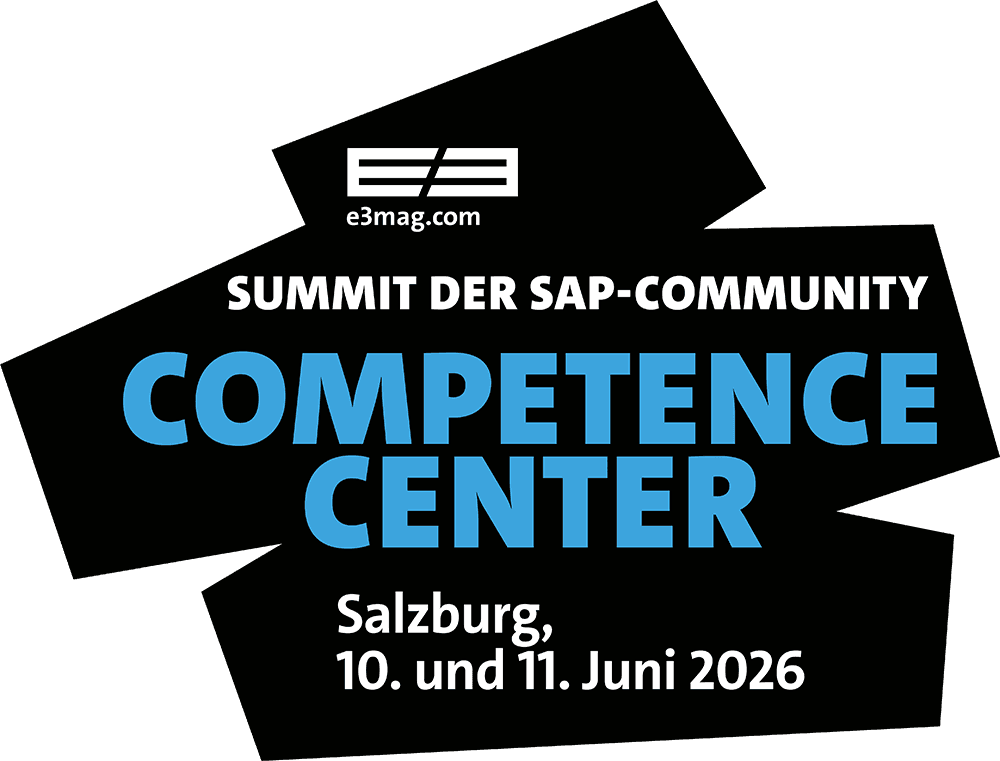Revolution After 60 Years


Demand-Driven Supply Chain Management (DDSCM) and its core, Demand-Driven Material Requirements Planning (DDMRP), are considered a revolution and paradigm shift in supply chain management. The fact that SAP increasingly provides DDMRP functionalities in its products shows that this is a serious trend with great future potential. For many SAP users, this topic is still new. What does the magic word “Demand-Driven” actually mean?
Demand-driven versus demand-driven
Demand-driven, i.e. demand-oriented, supply chain management has always been the norm. So what’s new? Traditional supply chain planning approaches use forecasts of future customer demand to specify what is to be delivered, produced and moved, when and how – both for suppliers and factories. A forecast-based system only works well if the demand forecasts meet the actual customer requirements very accurately. However, given the complexity and volatility of today’s markets, a steadily increasing number of products for sale and ever shorter product lifecycles, it is simply no longer possible to come up with accurate demand forecasts.
In fact, the predictions for most products are over 40 percent off the mark; either too high or too low. The consequence: the wrong quantities are procured, produced and sent to the wrong places at the wrong time. As a result, inventories are either too high or too low, production capacities are underutilized or overutilized, and delivery promises to the customer cannot be kept. The core of the problem is that today’s supply chains are controlled by methods that date back to the 1960s—a time when supply chains looked completely different and were much simpler.
Modern requirements and traditional methods
Material Requirements Planning (MRP) is the most widespread planning procedure in all industries. Today, every ERP and SCM/APS system is subject to the more than half a century old MRP processing logic. As a result, we are still linking end-to-end supply chains across all disposition nodes with “zero netting” of demand and supply, thereby unconsciously, but inevitably, extending the overall lead times.
If the increasing variability in demand now is a key input for a multi-level planning chain that is linked to a “zero netting logic”, the variability subsequently increases with every layer of the planning chain. Companies enter a vicious cycle because we usually counter this effect—almost instinctively—with even larger inventory-, time- and capacity buffers instead of going after the root of the problem—the active reduction and management of variability in supply chain planning.
Variability and volatility
The Demand-Driven SCM concept first of all deals with the root of the problems in the supply chain – namely the way we process and pass on the variability and volatility in the ERP/APS systems. Demand-Driven SCM with its heart, Demand-Driven MRP, is a new, innovative approach to better master the variability in today’s digital supply chains. Demand-Driven MRP uses strategically placed decoupling points, which are used as „shock absorbers“ along the entire supply chain. These shock absorbers serve the sole purpose of minimizing volatility at the respective distribution- or production stage. DDMRP ensures that only what is currently in demand or ready to be sold is actually entering production—in contrast to the traditional approach, in which companies produce or procure what was planned using incorrect forecasts.
Even the most brilliant concepts are useless however, if they cannot be put to work in a real-world solution, i.e. the corresponding software is also required for the thoughtware DDSCM and DDMRP. SAP partner Camelot, which specializes in digital value chain management, started to implement Demand-Driven concepts in SAP software early and developed an SAP-based software suite for Demand-Driven SCM (the Demand-Driven Lean Planning Suite) already several years ago.
Thoughtware and software
However, even the most brilliant concepts are useless if they cannot be implemented, i.e. the corresponding software is also required in addition to the "thoughtware". SAP partner Camelot, which specializes in digital value chain management, began working on the implementation of demand-driven concepts in SAP software at an early stage and developed an SAP-based software suite for demand-driven SCM several years ago in the form of the Demand-driven Lean Planning Suite.
Together with SAP, Camelot developed the DDMRP enhancement solution for SAP Integrated Business Planning (IBP) – the first enhancement solution for SAP IBP ever. This makes Camelot one of the worldwide pioneers in SAP-based DDSCM solutions. Today, the company also officially has the largest number of certified consultants and trainers for Demand-Driven Supply Chain Management.
Demand-Driven has now arrived in the SAP world. DDMRP functionalities are currently available in SAP S/4 Hana, SAP IBP, SAP SCM and SAP ECC. There is no reason for companies today not to embark on the Demand-Driven journey—and thus turn their supply chain into a real competitive advantage.









